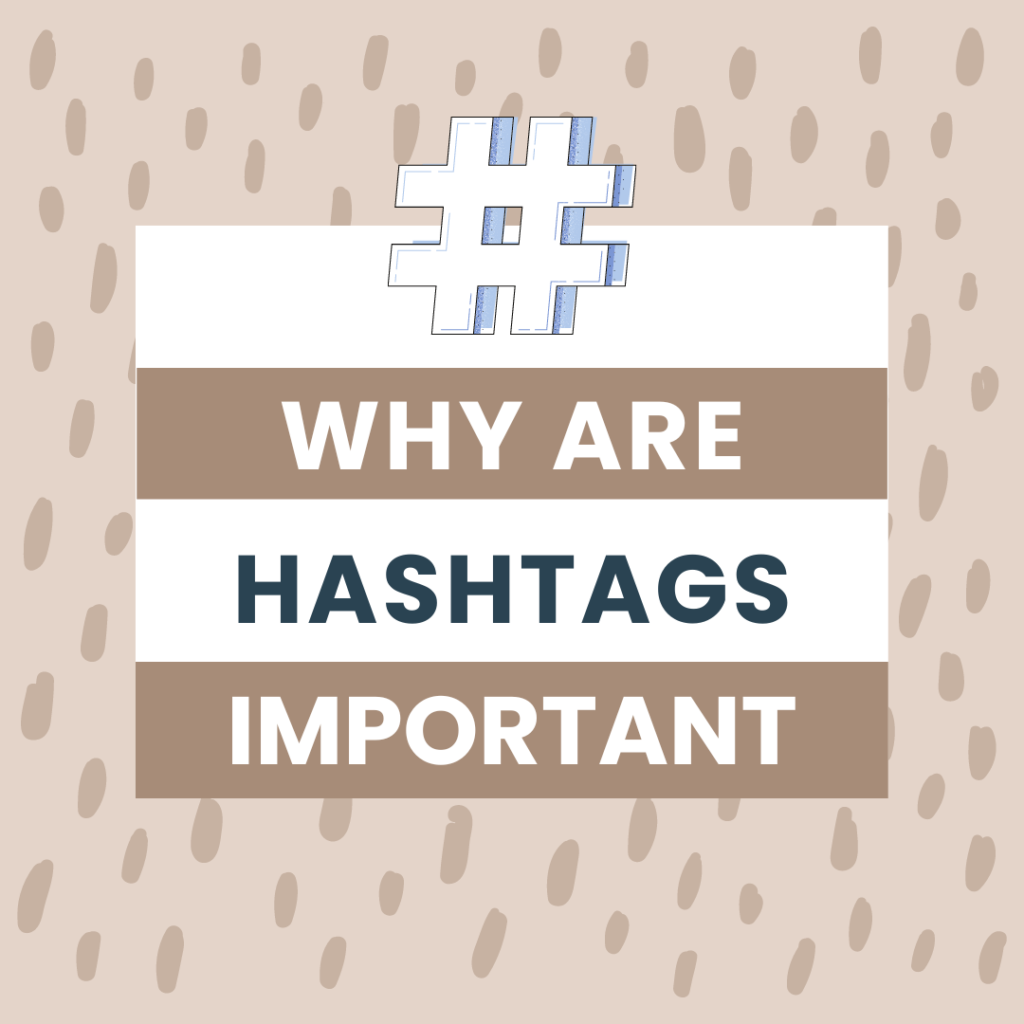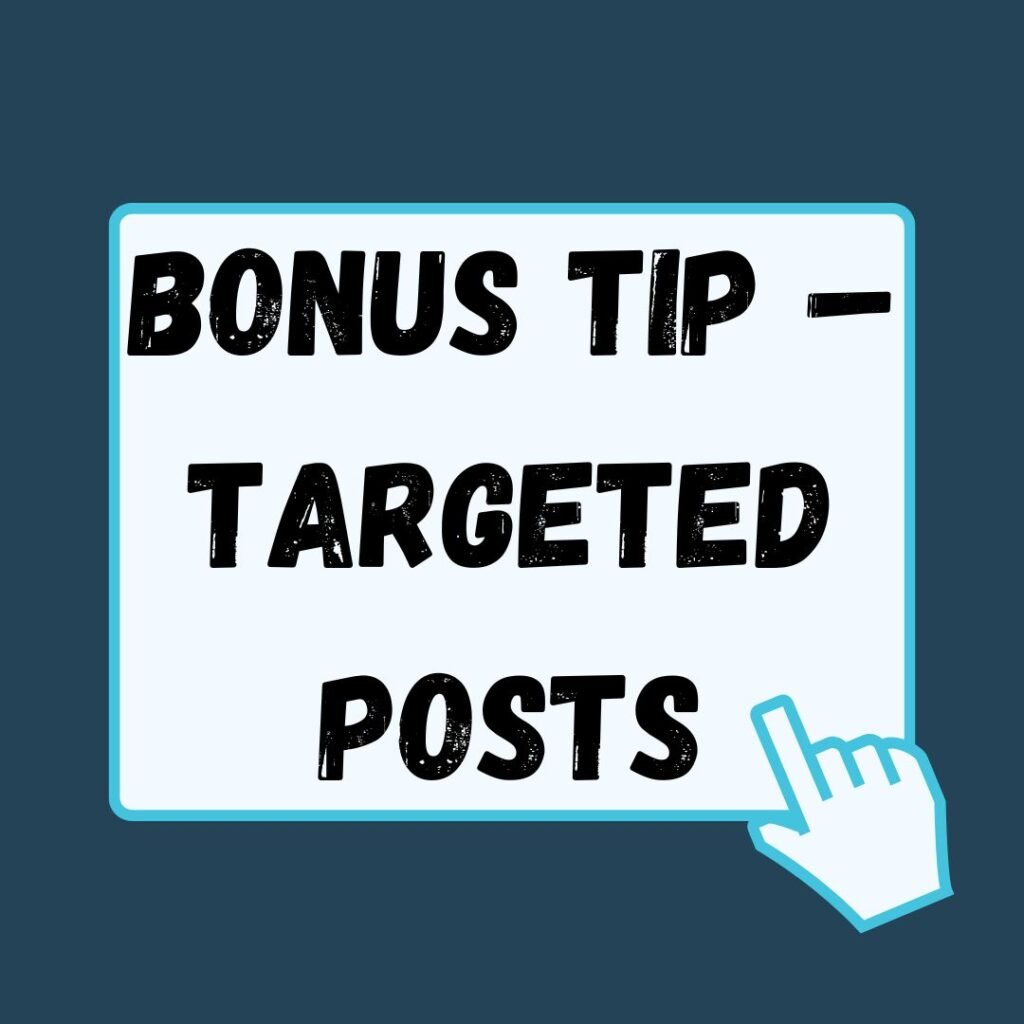Hashtags are an important part of social media marketing and organization, but they can seem confusing to the uninitiated. In order to use hashtags effectively, you need to know how many hashtags to include and where to put them in your posts. Fortunately, there are some simple rules of thumb that can make using hashtags much easier and more effective than otherwise might be the case.

For example, using too many hashtags or using certain types of hashtags will make your posts look spammy and decrease your reach on social media as opposed to boosting it.
This article will show you how to use hashtags on each of the main social media platforms and will show you how to avoid the hashtag mistakes that people commonly make, like hashtag stuffing and hashtag spamming.
Why Are Hashtags Important?

Hashtags have become a vital part of marketing on social media, but they’re also important when it comes to organization. They allow you to create a centralized location for all of your posts related to that topic, making it easy for you (or anyone else) to find them in one spot.
But hashtags can also help with SEO, SEM, SMM. When used properly in your posts and tweets, they’ll make it easier for search engines (like Google or Bing) or social media sites (like Facebook or Twitter) to find your content by including appropriate keywords that relate directly to the subject matter. They’ll then rank higher in those searches because the words are relevant.
Your social media strategy should always include an element of organization, even if you’re just starting out. This can be a daunting task, so try to make things easier by implementing hashtags on both Twitter and Facebook.
Using hashtags correctly is simple: just start your posts with one of them, such as #socialmedia or #SMM. These tags will act like keywords that tell users what’s relevant about your post, giving it greater visibility in their feeds.
While most social media sites automatically include hashtags when people use them (Twitter does not), you can also add additional ones after that one for more effectiveness.
The Golden Rules of Engagement

If you want to increase your reach on social media, the first thing you need is a solid strategy. You can start by creating a list of hashtags relevant to your business. This will help people who are interested in your niche find you more easily.
Once you have created a list of hashtags, it’s time to decide which ones best fit the voice of your brand. When choosing hashtags for engagement, there are three rules: don’t be afraid to get specific, think about what kind of picture/video it would make, and use numbers at the end of the hashtag so that people can search for it easier. For example, if I’m trying out new recipes in my kitchen I might use #recipeoftheday or #healthyrecipes.
Another way that you can connect with people on social media is by using hashtags. There are two main categories of hashtags, engagement, and SEO.
Engagement is all about talking to your audience and helping them find you on social media, while SEO makes it easier for other users who are interested in your business or niche to find you as well.
One of my favorite ways to do engagement is by answering questions on Twitter. This can help me get a better idea of what my audience wants, which I can then incorporate into my own content creation process.
Writing #Hashtags – Last Paragraph: When writing a hashtag, always try to make it easily searchable using numbers at the end so that people can more easily find it online.
The Dos and Don’ts When Using Hashtags

For starters, make sure to use the right hashtags. These are terms you’re already familiar with but placed together on social media. Such as #communitymatters. A study by the organization SEM shows that when marketers integrate at least one hashtag in their posts, reach is increased by 38%.
However, if you use more than two tags per post (and those tags don’t vary from each other) your success rate lowers. That doesn’t mean you should start blasting all possible hashtags – use them strategically. Simply don’t overuse them!
It’s also important to remember not to stalk other hashtags. Stalking is when you look up a hashtag associated with a competitor or relevant news story. The idea behind it is that if you see what other people are posting under that tag, you can use those ideas as inspiration for your own content.
However, doing so sends out a negative message: that of desperation and lack of originality. Make sure you take an active role in social media marketing – but don’t worry about getting all your ideas from others. As long as they work within your brand strategy, there are no boundaries when it comes to content creation!
Bonus Tip – Targeted Posts

You can also use hashtags in your social media posts. For example, if you post a picture of a bagel on Instagram, you could tag it with #foodie or #breakfast. You can even tag the venue where you ate it (e.g., #melsbagels). This way, others who are interested in food or breakfast will find your content.
Social media is a great way of engaging with your audience, but it’s still just one channel of communication. You should also try to reach out through different mediums like blogging, email marketing, and digital ads (also known as SEM).
This way you can make sure that people find you anywhere they search. Using a hashtag in your post will help organize all your social media posts on specific topics so others can find them more easily. By using hashtags you are helping the audience find your post at the right time without fail.
Advantages of Hashtags in Social Media
Hashtags are a powerful tool when it comes to social media. They can help you organize posts, increase your reach, and promote your content. When people search for hashtags related to their interests, they’re more likely to follow you or check out what you’re saying on social media. We’ve put together seven tips below on how hashtags can be used in various aspects of SMM.
1). Create a hashtag-based schedule
2). Use hashtags as links
3). Organize with related tags
4). Create branded hashtags
5). Promote with contests and giveaways
6). Use during an event or conference
7). Share interesting articles or quotes
Now that you know how hashtags can be used on social media, let’s put together a hashtag strategy. Your goal should be to create content with engaging hashtags that are appropriate for your target audience.
Writer-specific tips: Write in sentence form using informal vocabulary. Instead of saying the first tip is, try using one of our top tips. Use shorter sentences wherever possible. Paragraphs should range from 2-6 sentences long (excluding tips). Writing in easy-to-read chunks will help improve flow, which can impact readability.
